Tattoo Pen vs Coil Machines: A Practical Guide for Tattoo Artists

Choosing between a coil machine and a rotary pen is not just a trend decision. The machine you use for 6-8 hours a day shapes your style, your stamina, and how your tattoos heal.
At Vlad Blad, we build both coils and rotary pens, so this guide is not about taking sides. It is about understanding what actually changes in your hand, in the skin, and in your daily workflow when you pick one type of machine over the other.
Why this choice matters more than specs
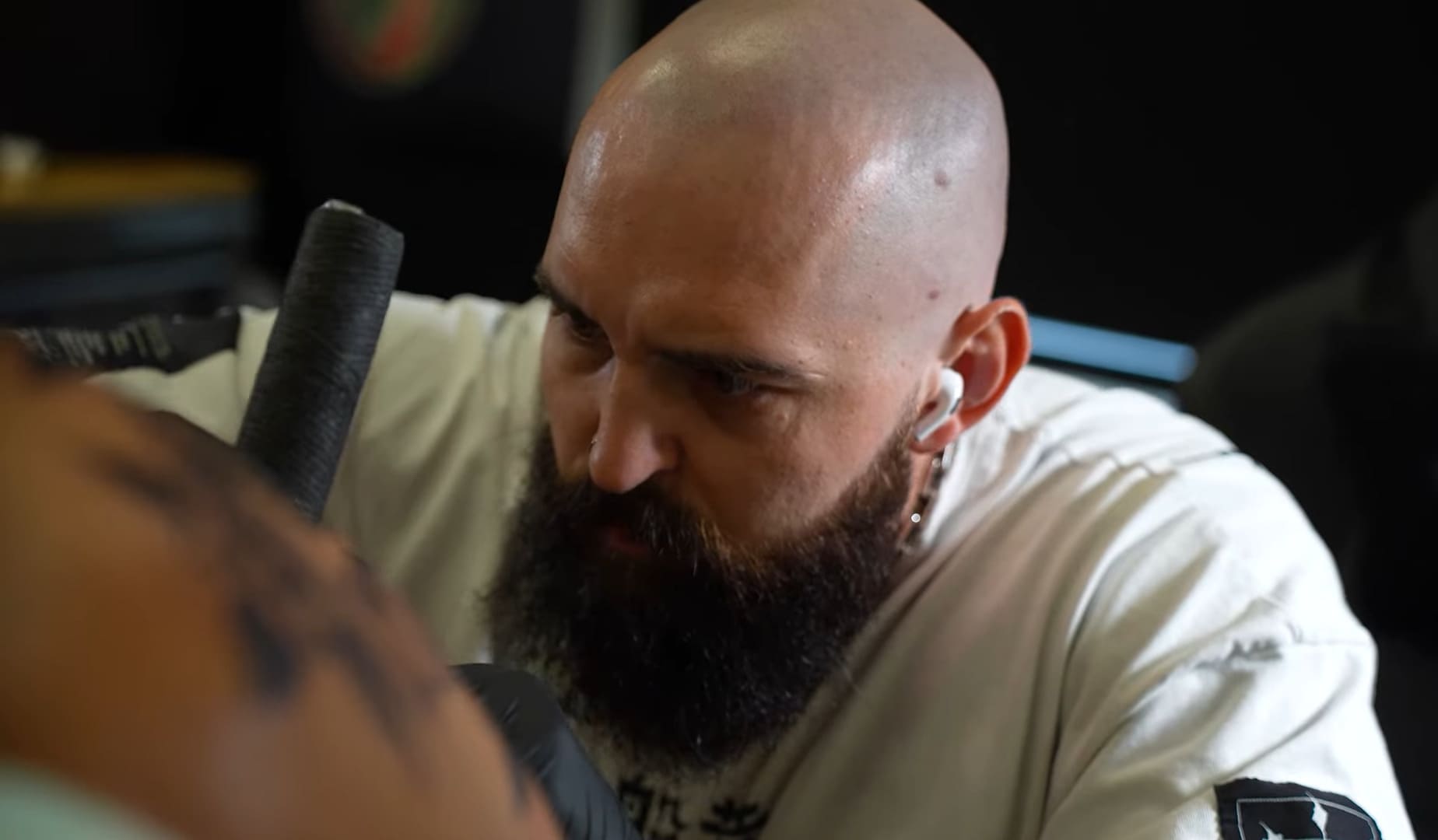
Specs matter, but they do not tell you how a machine feels during a long session or how consistent your healed results will be. The points below are what you really notice in day-to-day work.
Form factor, balance, and how your hand holds the machine
Coil and pen machines ask your hand to work in different ways:
Coil machines:
More open, frame-based shape with a grip and tube out front.
Weight often sits higher and further back in the frame.
Feels defined and precise in space, especially for controlled lining and bold strokes.
Rotary pens:
Straight, pen-like barrel similar to a thick marker.
Grip can sit closer to the needle exit point.
Weight is usually more evenly distributed, with the center of gravity closer to the hand.
Often less fatigue in the wrist and forearm during long shading or large pieces.
Neither geometry is universally better. The question is which one supports your technique and physical comfort over a full day.
Noise, vibration, and skin feedback
Sound and vibration are part of your feedback loop:
Coil machines:
Characteristic buzz and noticeable vibration through the frame.
Many artists read small changes in sound and vibration as information about load, contact, and how the skin is taking the needle.
Rotary pens:
Quieter and smoother overall.
Create a calmer atmosphere in the studio and can be less stressful for clients.
Provide less mechanical feedback, so you rely more on what you see in the skin and feel in the grip.
Some artists prefer the strong sensory feedback of coils. Others feel more focused and less drained with the lower noise level of a pen.
Power delivery, stroke feel, and consistency
Under the hood, power is delivered differently, and you feel that in every line and every pass:
Coil machines:
Work in pulses as the electromagnetic field pulls and releases the armature bar.
Produce a distinct, punchy stroke that can feel very decisive in lining and solid color work.
Help some artists judge depth and keep lines clean with fewer passes.
Rotary pens:
Move the needle in a continuous motion driven by a motor and a cam.
Feel smooth and even across the stroke, which is excellent for soft shading and long blended gradients.
Make voltage and hand speed easier to keep consistent from one setup to another.
You can tune both types to hit softer or harder, but the baseline sensation remains different. If you prefer a rhythmic, punchy feel with strong mechanical feedback, coils will likely suit you. If you value a smooth, predictable stroke that stays the same all day, a rotary pen may feel more natural.
Coil tattoo machines in real life
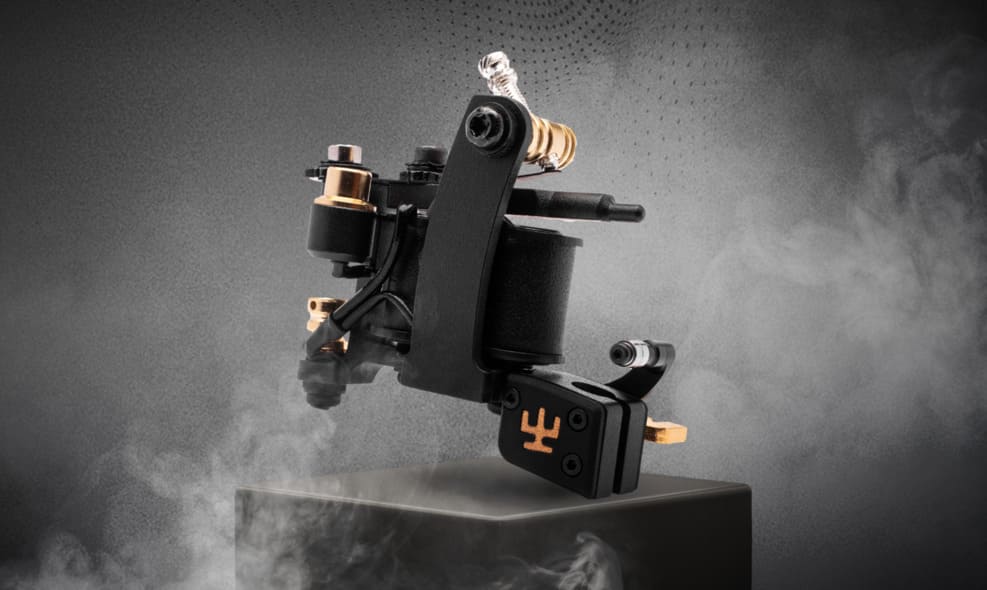
Coil machines have been a foundation of professional tattooing for decades, and there are good reasons many artists still build their main setups around them. If you want a detailed breakdown of specific Vlad Blad models, you can find it in our separate guide Best Coil Tattoo Machines 2025.
Where coils shine: lines, bold color, and classic styles
Coils are at their best when you need decisive, confident marks and strong visual impact:
They give a clear, punchy stroke that opens the skin efficiently and places pigment with authority.
They excel at solid, single-pass linework, especially in traditional, neo-traditional, bold blackwork, and graphic styles.
Saturation for strong color fields often feels faster and more controlled once the machine is tuned to your hand and needles.
Because a coil delivers power in pulses, many artists find it easier to judge depth and rhythm when pulling long lines or packing dense color. The machine almost sets a metronome for your hand, which can be a real advantage when you want consistent outlines and deliberate, repeatable strokes.
The trade-offs: weight, noise, and the need to tune
The same qualities that make coils powerful also come with compromises:
They are usually heavier than pens, with more of the weight sitting above or behind the grip.
They are louder and vibrate more, which can be part of the charm for some artists, but tiring for others and intimidating for some clients.
They demand regular tuning and maintenance: adjusting springs, contact, gap, and voltage to keep the machine in its ideal working range.
This means coils reward understanding and patience. Once you learn how to tune and listen to them, you gain a level of control that is hard to replicate with more plug-and-play devices.
Modern Vlad Blad coils as a reference point
Modern coil machines from Vlad Blad are built to keep the classic feel while solving some of the old frustrations. For example, a liner like Infinite Liner Pro Blood Money shows what a contemporary coil can do when it is engineered for real studio conditions:
A solid steel frame is balanced to dampen vibration and keep the machine stable in the hand.
An integrated RCA connector and a secure vise make setup straightforward and reliable with modern grips and tubes.
A built-in needle stabilizer removes the need for rubber bands and keeps the needle tracking straight.
The machine is designed to push larger groupings and create crisp one-pass lines across a wide range of configurations when tuned correctly.
Rotary pen machines in real life
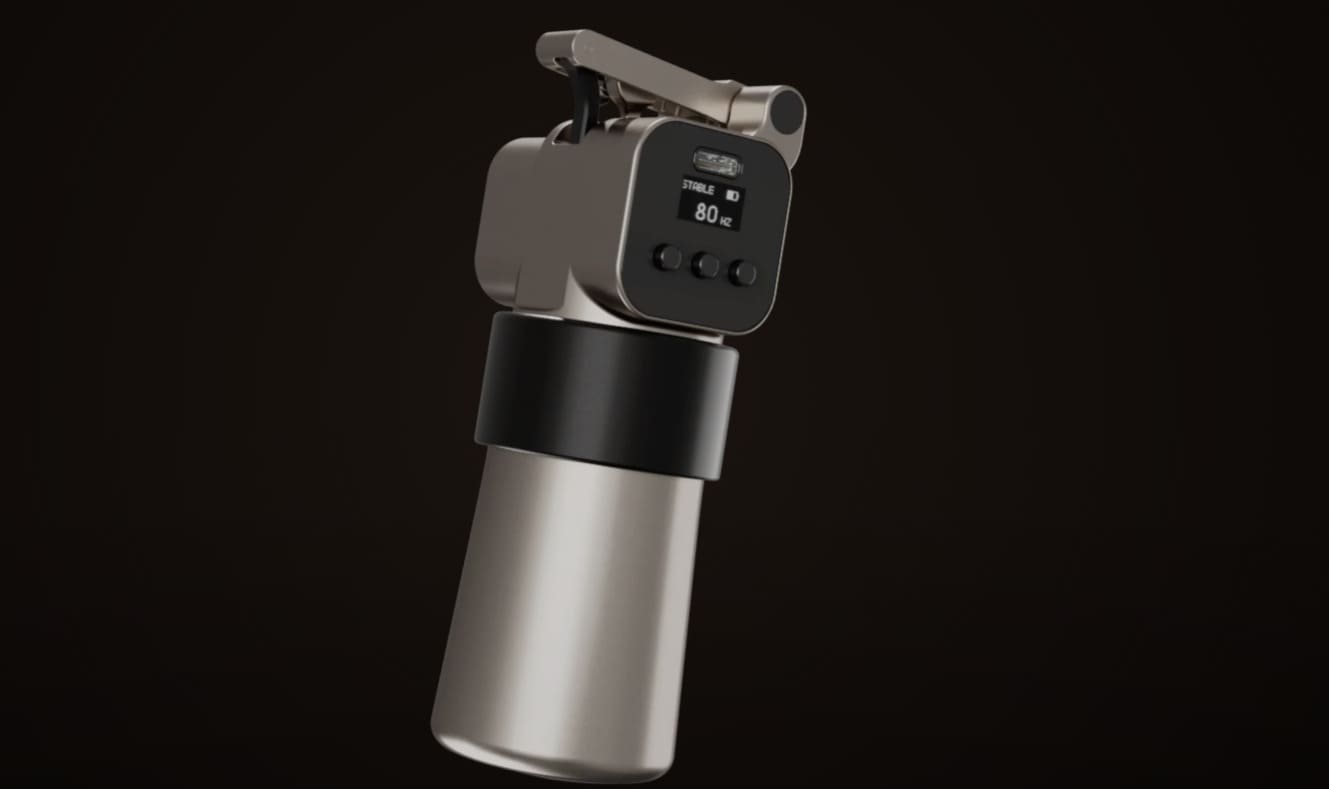
Rotary pen machines are a regular part of many studio setups. They are easy to use, quick to set up, and comfortable for long days. For a closer look at specific Vlad Blad rotary machines and how to set them up, see our separate overview Top Rotary Tattoo Machines by Vlad Blad.
What a rotary pen actually is
At a basic level, a rotary pen is a rotary machine built into a pen-shaped body:
A small motor drives a cam or crank that turns rotation into straight needle motion.
The mechanism sits inside a straight body with a fixed or interchangeable grip.
The design is made for cartridge needles, so that you can change groupings quickly.
Most moving parts stay inside the body, so you work with one cable and one pen on the station.
Strengths of pen machines: comfort and versatility
Rotary pens solve several common tasks in daily tattooing:
The body often puts the center of gravity closer to the fingers, reducing strain on the wrist and forearm during long sessions.
Switching between liners, shaders, and magnums is faster because you change cartridges instead of whole machines.
The stroke feels smooth and even, which helps in soft shading, black and grey, and large gradients.
The small footprint makes it easier to move around the body and work in tight areas.
This mix of ergonomics and quick changes supports long, mixed-type sessions.
Limitations and when a pen can hold you back
Pen machines also bring their own limits:
Lower noise and vibration mean less mechanical feedback, so a lack of experience can lead to working too deeply.
Cartridge build and membrane quality affect both feel and result, so needle choice matters more.
Some artists miss the clear impact and timing that coils give in bold lines and saturated color.
A closed body can be harder or more expensive to service than a simple open-frame coil.
Knowing these points helps assign a pen to the right role instead of expecting it to replace everything.
Vlad Blad rotary pens in practice
Vlad Blad pen machines are built to combine pen-style ergonomics with studio-level control:
Body shape and grips support stable hand positions over long sessions.
Motors and drive systems give a firm stroke that can handle lining, packing, and shading.
Support for modern cartridges lets you change groupings fast while keeping a similar feel.
The construction and grip connection provides enough feedback to the hand to feel how the needle works in the skin, even with lower noise and vibration.
In daily work, a Vlad Blad pen often serves as a main machine handling linework, color, and shading in one sitting when paired with cartridges and settings that match the artist’s style.
Style, workflow, and comfort: which machine fits you?
Once the technical differences are clear, the real question is how you work: what you draw, how long you sit with clients, and what your body can handle day after day. The points below focus on matching the machine to your style and schedule, not the other way around.
Traditional, neo-trad, bold blackwork, and graphic work
Styles built on strong shapes and clear outlines often lean toward coil setups:
Heavy linework with clear edges benefits from the punch and timing of a coil stroke.
Dense color blocks and graphic fills can feel faster and more controlled with a coil that is tuned for packing.
A dedicated liner and a dedicated shader or color packer clearly define their roles in the setup.
Rotary pens still have a place here, for example, as a comfortable tool for long background work or softer secondary elements. Many artists keep a coil ready for the main lines and solid color, and reach for a pen when the piece moves into larger, less aggressive areas.
Realism, fine line, and mixed styles
Styles that rely on smooth transitions and controlled softness often benefit from pen machines:
Long, soft gradients in black and grey are easier to repeat with a smooth, even stroke.
Fine line details can feel more natural when the machine body moves like a drawing tool.
Large pieces that combine linework, soft shading, and subtle color shifts gain from quick cartridge changes and a familiar grip.
Coils still help when a realistic piece needs stronger graphic anchors, for example, bolder outlines or deep, saturated accents. Using a pen for most of the soft work and a coil for selected high-impact elements creates a clear division of tasks.
Apprentices, seasoned pros, and hybrid setups
Experience and workload also matter when choosing the main machine:
Apprentices often progress faster on a pen because the setup is simple and the stroke behaves predictably.
Experienced artists who already know how to tune coils can extract peculiar behavior from them and appreciate that control.
Hybrid setups, with at least one coil and one pen on the station, give flexibility to pick the right tool for each part of a piece.
In practice, the most stable workflows are built around a small number of machines with well-defined roles. Whether that means two coils, two pens, or a coil and a pen working together depends on how you like to build your tattoos and how you want your body to feel at the end of the week.
Choosing between Coil and Tattoo pen
Beyond all the specs and opinions, the key factors are what you tattoo, how you move your hand, and how you feel after hours at the station.
Where a coil machine really shines
You build tattoos around strong lines, bold shapes, and high contrast.
Coil setups are traditionally used for solid, graphic styles where outlines and silhouettes carry most of the design. The way a coil opens the skin and drops pigment supports clear edges and readable shapes, even from a distance.You want a punchy stroke and clear timing to keep lines clean in one pass.
The electromagnetic hit of a coil creates a distinct rhythm that many artists use as a guide for hand speed and pressure. With a well-tuned machine, this timing makes it easier to commit to confident, single-pass lines and dense fills instead of slowly building them up.You like having dedicated machines for lining, shading, and packing, each tuned to a narrow role.
Coil lineups are often built as sets; each machine is designed around a specific job: one for outlines, one for color, one for black packing or smooth shading. This division lets you dial in each tool once and switch machines rather than retuning for every step of the piece.You are ready to learn tuning and maintenance, and do not mind adjusting your setup to get the exact feel you want.
Coils respond clearly to changes in springs, contact gap, and voltage, so small adjustments translate into noticeable changes in hit and speed. Artists who enjoy that level of control can shape the machine around their hands and preferred needles, turning it into something personal.
Situations where a pen serves you best
You spend many hours on large projects and want less strain on your hand and wrist.
Pen-style bodies keep the hand closer to the center of gravity and reduce leverage on the wrist, which pays off over back-to-back sessions. The more neutral grip position also feels familiar to anyone used to drawing with markers or technical pens.You work with realism, fine line, black and grey, or mixed styles that need smooth gradients.
Rotary pens are built around a smooth, repeatable stroke that helps when you are layering soft tones or building texture slowly. This consistency lets you concentrate on needle angle and hand motion rather than compensating for a more aggressive hit on every pass.You prefer quick cartridge changes over swapping full machines and tubes.
Cartridge systems let you switch from a tight liner to a soft magnum in seconds while keeping the same grip and machine in your hand. That speed is conducive in complex pieces where you alternate between detail work, midtones, and larger fills many times during a session.You want a quieter, calmer machine that feels close to drawing with a marker or pen.
A pen runs with less noise and vibration than a coil, which makes the station feel less intense for both artist and client. The smooth motor-driven stroke also creates a more predictable feel when you are learning new techniques or working on sensitive areas.
When it is smarter to have both on your station
A mixed setup lets you use each platform where it is strongest instead of pushing one machine to do every job.
Your portfolio mixes bold graphic work with softer, more detailed pieces.
Coils can handle strong outlines and saturated blocks, while a pen covers soft shading, textures, and fine detail in the same project. Having both ready lets you pick the machine that matches each part of the design, instead of forcing a single tool to cover every task.You want the impact and feedback of a coil for main lines and saturated areas, and the comfort of a pen for long shading and background work.
A coil can handle the heavy lifting early in the session when you put in structure and strong color. Once the main shapes are in place, switching to a pen gives your hand a break while you build backgrounds, transitions, and finishing passes.You like the idea of a small, reliable set of machines, each with a clear role rather than one device that has to do everything.
One or two coils plus one pen already cover most technical needs in professional work. Clear roles also make it easier to keep track of settings and needle choices, because you are not constantly reconfiguring the same machine for different jobs.You plan to grow as an artist and want room to adjust your tools as your style and workload change.
Working with both platforms builds a broader technical base and keeps more doors open if your style shifts toward either bolder or softer work. It also makes it easier to adapt to different studios, guest spots, and client requests because you are comfortable on both coil and pen setups.

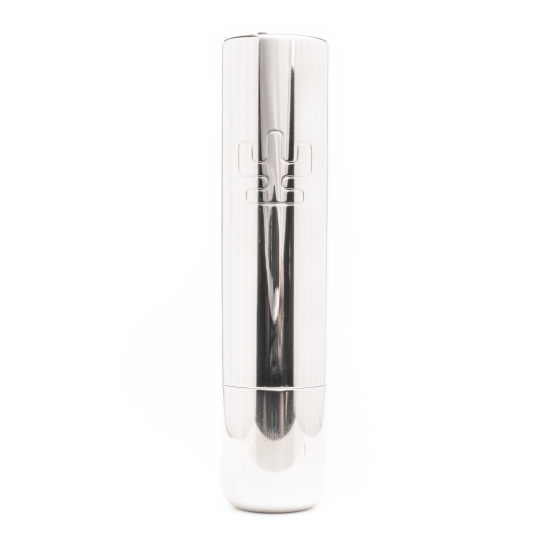 Ultron 3 Nickel
Ultron 3 Nickel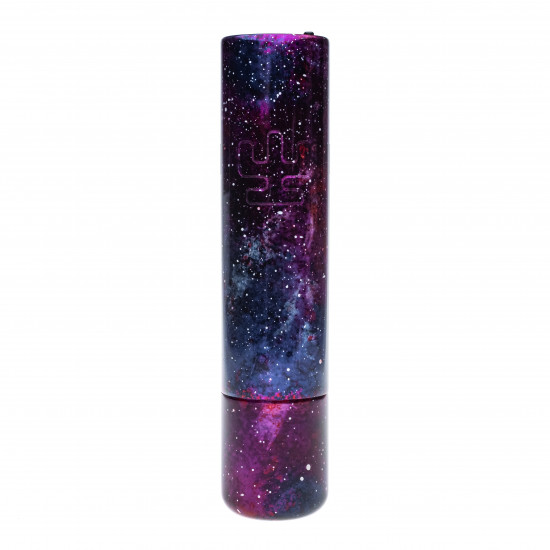 Ultron 3 Space
Ultron 3 Space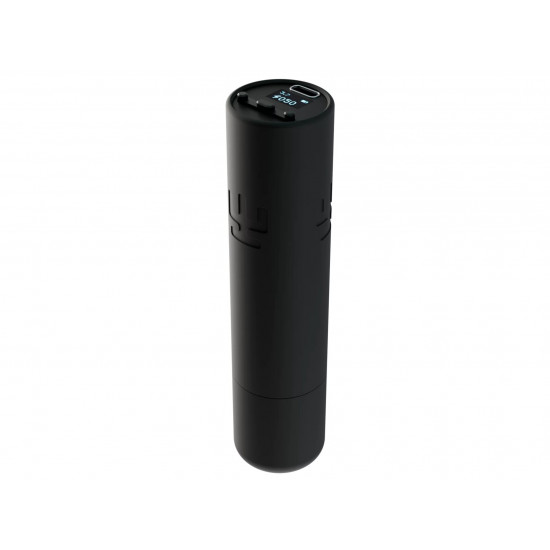 Ultron 3
Ultron 3 Fine Liner Air Blood Money
Fine Liner Air Blood Money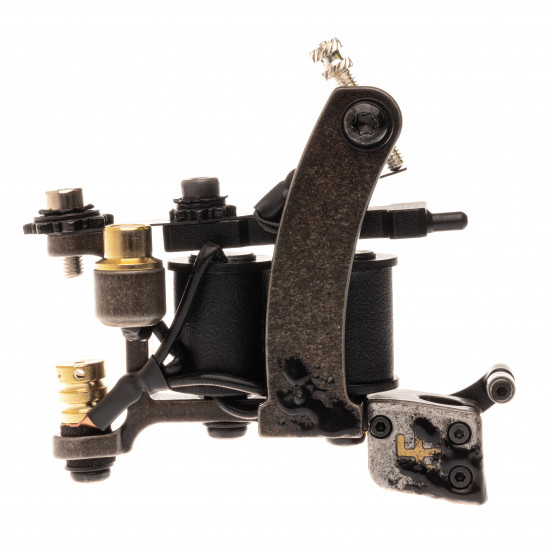 Blacker Packer Pro Old Petroleum
Blacker Packer Pro Old Petroleum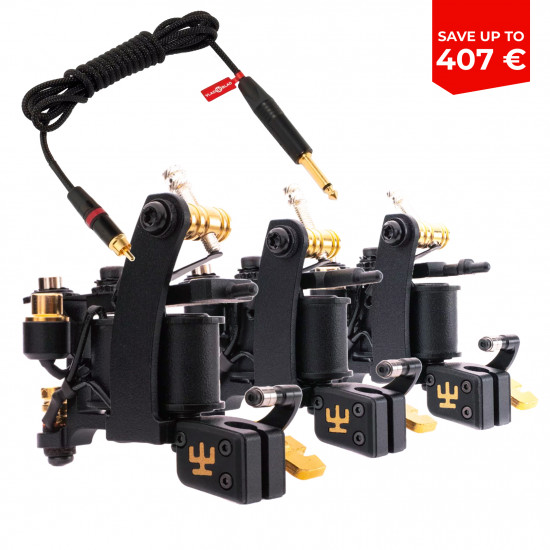 Triple Pack Pro
Triple Pack Pro